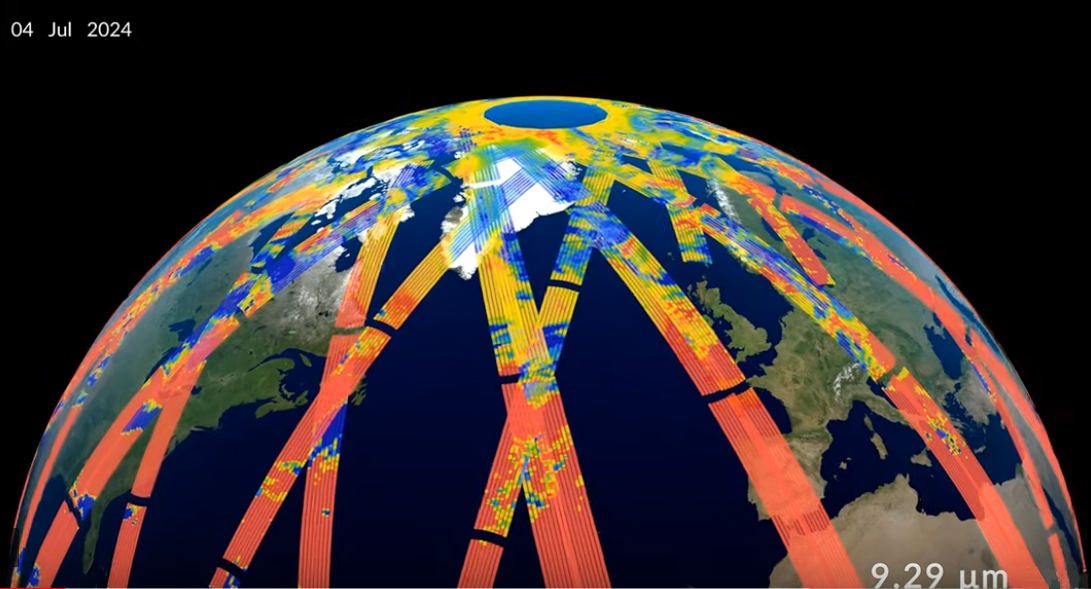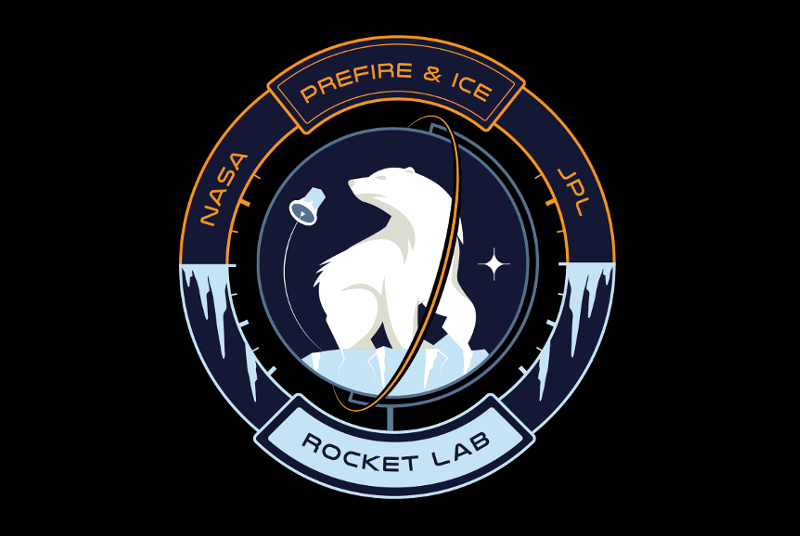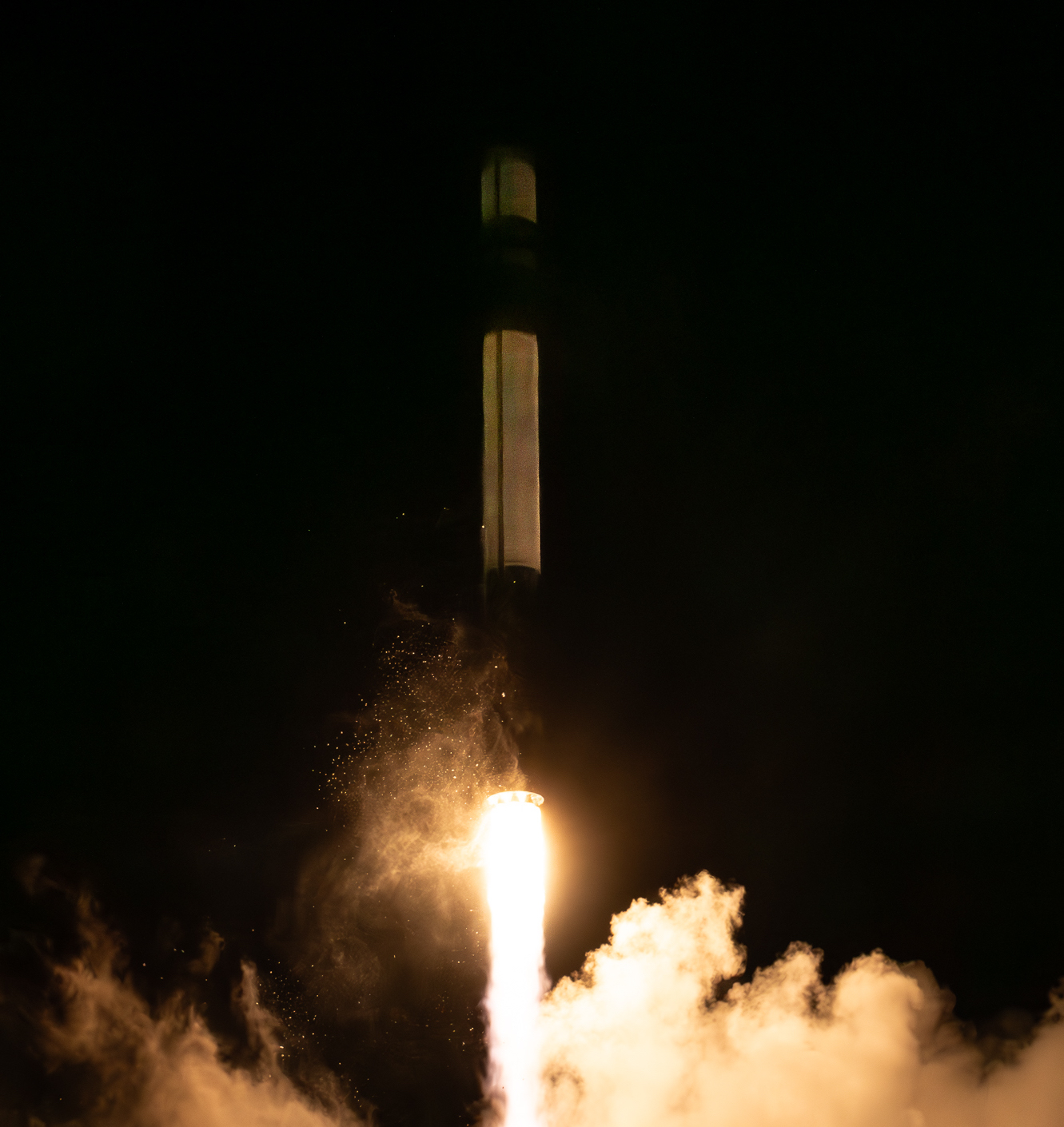Published on 12 Feb 2024 | Tim Michaels

Heading into space in late spring 2024 from a seaside launchpad in New Zealand, the dual PREFIRE CubeSats will soon begin their work! Although small in size, they will provide important measurements about how well the Earth’s polar regions are able to cool off. For more details, see the announcement on the NASA JPL website - https://www.jpl.nasa.gov/news/meet-nasas-twin-spacecraft-headed-to-the-ends-of-the-earth.
This work is supported by NASA.
- PREFIRE First Light Announcement!
- 2024 PREFIRE Science Team Meeting
- Second PREFIRE Satellite Launched!
- Update on second PREFIRE CubeSat launch
- First PREFIRE Satellite Launched!
- Rocket assembly pics and PI radio interview
- Launch update and a new short video!
- NASA's tiny twin polar satellites (first launch soon)
- Pre-launch anticipation of PREFIRE CubeSat science
Recent Posts

NASA has publicly released the first look at PREFIRE mission data, also known as the first light announcement! The PREFIRE science team worked with NASA’s Scientific Visualization Studio to create a first light video. It showcases some of the fascinating infrared details of the Arctic surface and atmosphere that PREFIRE-SAT2 captured in July 2024. The PREFIRE science team is hard at work analyzing the countless measurements that the twin CubeSats are radioing to the ground every day.
Read more
The 2024 PREFIRE Science Team Meeting was held at the University of Colorado on August 8th and 9th. The PREFIRE team, led by Tristan L'Ecuyer (PI) discussed the status of the PREFIRE CubeSats and instruments, the Science Data Processing System (SDPS), and preliminary data output, as well as the nuances and considerations of this unique dataset. The team also discussed potential validation activities and heard from several external scientists about related projects with the potential for both collaboration and validation.
Read more
Rocket Lab successfully launched the second of two PREFIRE satellites from Mahia, New Zealand at 3:15 pm NZST (3:15 am UTC).
Read more
Rocket Lab has scheduled the second attempt at the #2 (and final) PREFIRE launch for June 5, 2024 at 03:13 am UTC! That is June 04, 2024 at 10:13 pm Central time in North America. Also, here is the official patch of the 49th Rocket Lab launch, PREFIRE and Ice. It depicts the kickstage (3rd stage) of an Electron rocket with a satellite on top, a polar bear on a chunk of polar ice, and a starry sky.
Read more
Rocket Lab successfully launched the first of two PREFIRE satellites from Mahia, New Zealand at 7:41 pm NZST (7:41 am UTC).
Read more